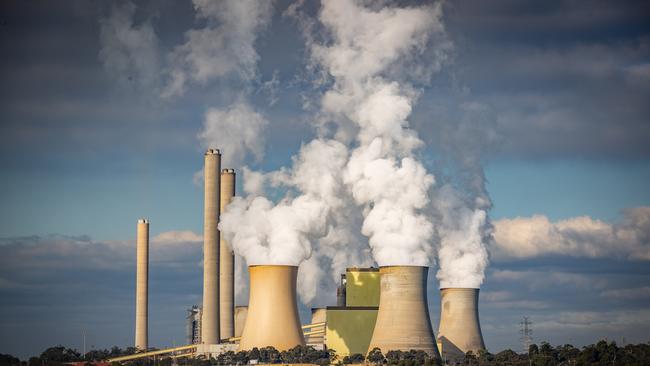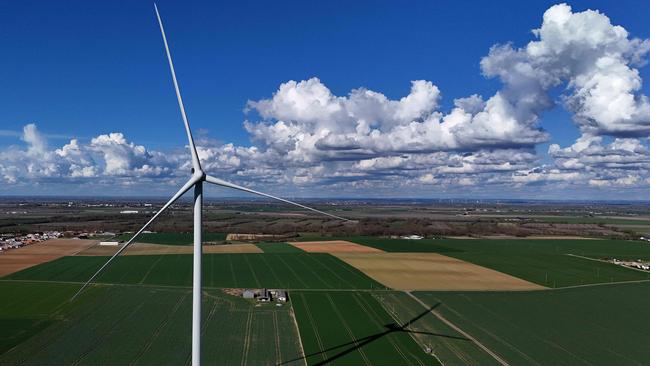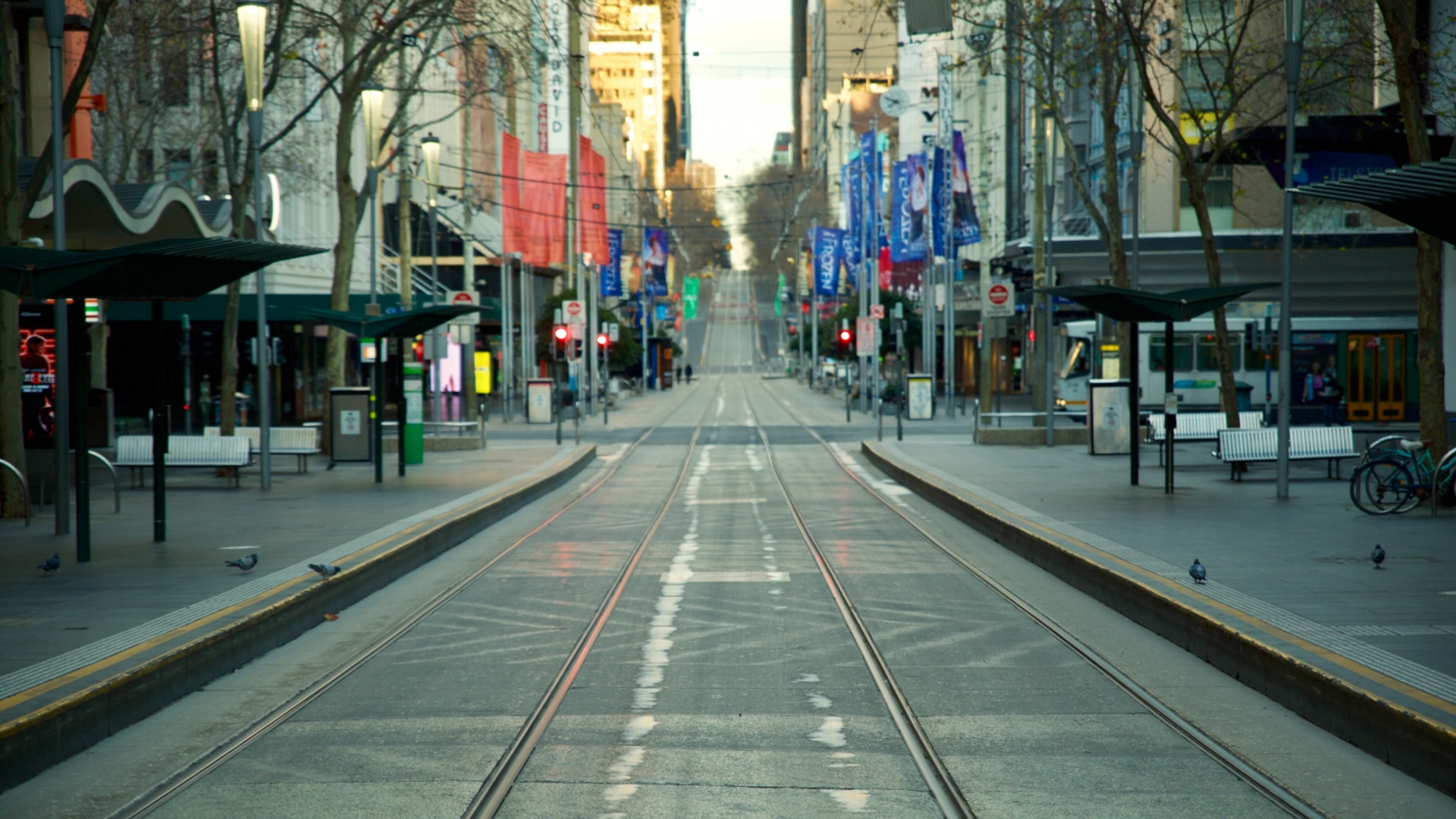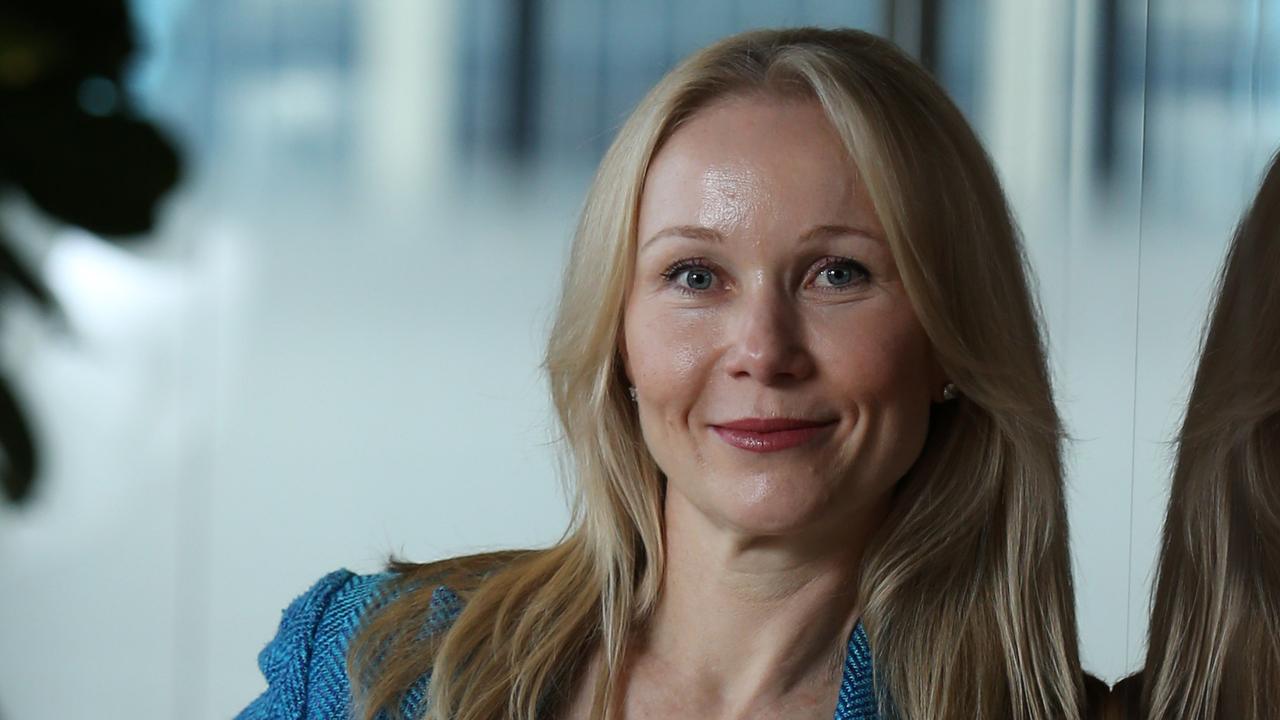Victoria acknowledges drought risk in bold renewable energy push
Victoria is committed to Australia’s most aggressive renewable energy plan, which is acknowledged is exposed to unfavourable weather. It insists, however, it can manage that risk.

Business
Don't miss out on the headlines from Business. Followed categories will be added to My News.
Victoria has admitted its ambitious plan to power the state with 95 per cent renewable energy by 2035 will leave the grid vulnerable to “renewable energy droughts” – extended periods when both wind and solar generation fall short – but insists a new network of transmission lines will help mitigate the risk.
The state Labor government on Friday released its detailed renewable energy zone road map, outlining an unprecedented transformation of the state’s energy system. The plan includes seven dedicated renewable energy zones across Victoria, comprising nearly 5.2 million solar panels, close to 1000 onshore wind turbines, and four new transmission projects – spanning 7 per cent of the state’s landmass.

Victoria’s target is the most aggressive in Australia and among the most expansive globally. Unlike many international counterparts that include nuclear, gas or hydro in their energy mix, Victoria is relying almost exclusively on wind, solar and batteries. That choice has sparked concern about the reliability of supply, particularly during low-generation events.
The government’s own policy documents warn of the growing threat posed by renewable energy droughts.
“Wind and solar generation are inherently variable, and it is not uncommon to experience periods when there is little wind and sunshine. This is most likely in winter, when energy demand is also high to provide heating during cold weather,” the road map states.
Such events are not hypothetical. In April 2024, the eastern seaboard experienced a prolonged period of weak wind and overcast skies, sending wholesale electricity prices soaring. The shortage contributed to financial pressures at green energy retailers Zen Energy and Iberdrola Australia, which struggled to meet commitments without sufficient generation.
Victoria’s response hinges on a rapid build-out of transmission infrastructure. The government says the new high-capacity power lines are “urgent” and essential to ensure energy generated in one region of the state can be dispatched elsewhere when weather conditions limit supply.

“Transmission upgrades within the Victorian network provide an important solution, helping ensure energy generated in different regions can be transferred to other locations across the state to meet demand,” the report states.
Energy industry figures said the expanded grid would also enhance Victoria’s ability to import power from other states such as NSW or Tasmania during shortfalls. However, they warned that a prolonged, east coast-wide renewable energy drought could still leave the state dangerously exposed.
Adding to the concern is Victoria’s firm stance against expanding natural gas capacity – a technology many in the energy sector consider the most viable and dispatchable backup for renewables. Gas peaker plants can be rapidly switched on to stabilise the grid, but the state government has rejected incentives for new gas generation, preferring to rely on batteries and interconnection.
Victoria plans to reach 40 per cent renewable electricity this year, before accelerating deployment of utility-scale solar, wind and storage to hit 65 per cent by 2030 and 95 per cent by 2035 – the year AGL Energy’s Loy Yang A coal-fired power station is scheduled to close.
The seven proposed renewable energy zones – Central Highlands, Central North, Gippsland, North West, South West, Grampians Wimmera and Wimmera Southern Mallee – will form the backbone of the transformation, though the success of the plan will hinge on weather resilience, political stability and infrastructure delivery.
More Coverage
Originally published as Victoria acknowledges drought risk in bold renewable energy push





